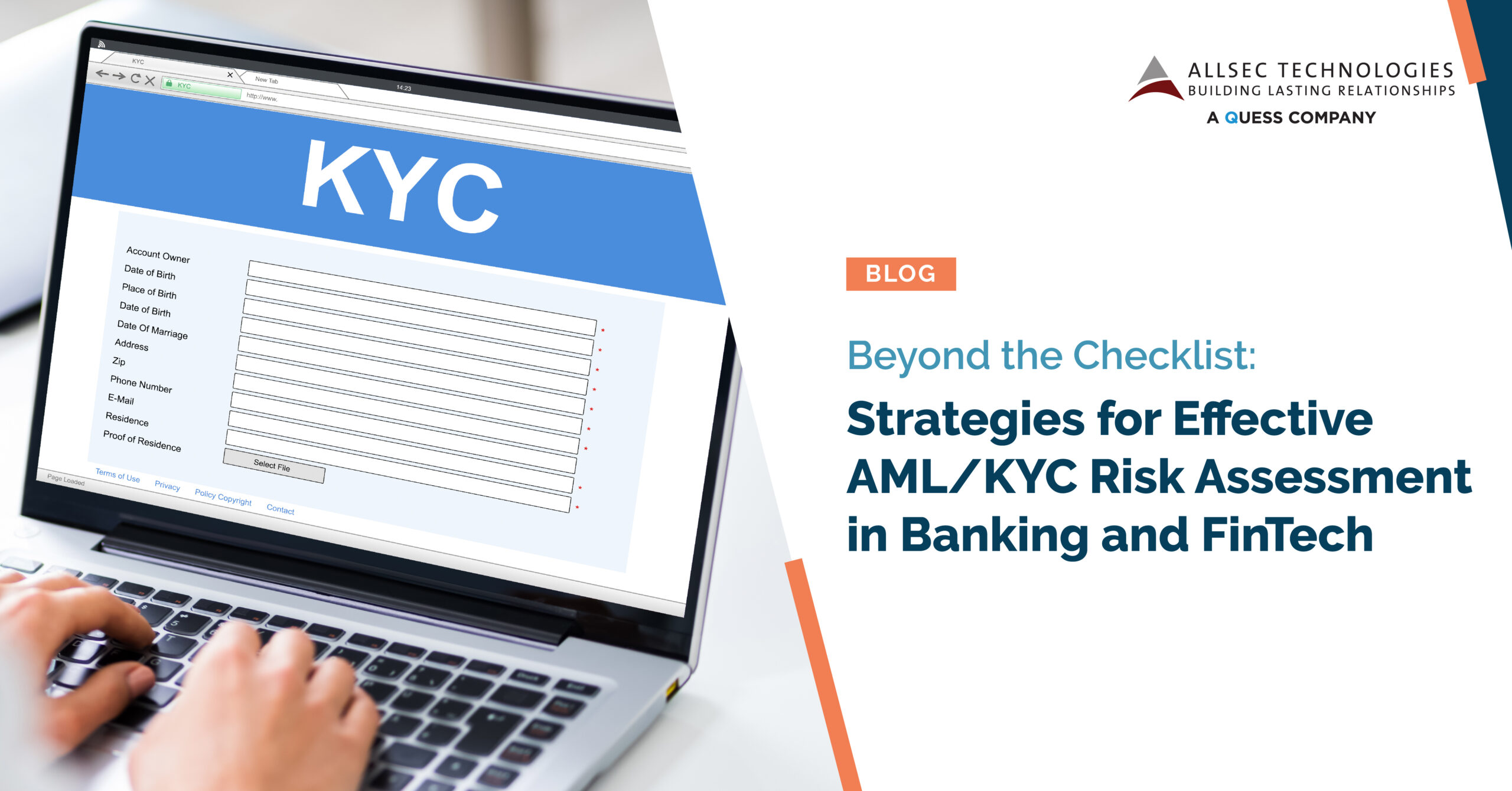
In an era of rapidly evolving financial fraud and ever-tightening regulatory compliance, the significance of Anti-Money Laundering (AML) and Know Your Customer (KYC) processes cannot be overstated. For banks and FinTech companies operating in the USA, these procedures are not just checkboxes to mark off; they are the frontline defense against financial crime. To truly fortify themselves, institutions must shift their perspective from mere compliance to a proactive risk assessment approach.
The Imperative of Proactive Risk Assessment
Traditional AML/KYC practices often resemble a checklist. Institutions go through the motions, verifying identities and transactions, to meet regulatory requirements. This approach is inadequate against evolving financial fraud, as cybercriminals and money launderers quickly exploit gaps in the checklist process..
Proactive risk assessment involves anticipating potential risks and vulnerabilities. It empowers institutions to stay ahead of financial criminals and regulators while ensuring compliance. Let’s explore why this shift is necessary and some strategies for effective risk assessment.
The Current AML/KYC Landscape
The extent of the challenge becomes apparent when we consider the numbers:
- Within Europe, financial institutions are investing €19 billion annually in AML/KYC due diligence operations and technology.
- In 2021, fintech achieved widespread adoption as the number of U.S. consumers using technology to oversee their financial affairs surged by 52% year-on-year, growing from 58% to 88%.
Strategies for Effective Risk Assessment
- Enhanced Data Analytics: The foundation of proactive risk assessment is robust data analytics. Institutions can utilize AI and machine learning to analyze vast datasets, spotting anomalies and unusual patterns that might indicate fraud or money laundering. This approach goes beyond rule-based systems and improves detection accuracy.
- Ensuring Robust Validation: To fortify risk assessment in AML/KYC processes, robust strategies are vital. Internal QC guarantees the reliability of data and analysis within the organization, while independent assurance checks add an extra layer of validation. These measures, including thorough quality checks and independent assurance, contribute to a comprehensive and reliable risk assessment framework.
- Scenario-Based Risk Assessment: Institutions can develop scenarios that simulate potential risks and vulnerabilities. By proactively considering “what if” situations, risk measures such as expected shortfall (ES) and value-at-risk (VaR), they can establish measures to mitigate these risks.
- Continuous Monitoring: Instead of periodic checks, institutions can implement continuous monitoring of customer data and transactions. This real-time approach allows for immediate responses to suspicious activities.
- Collaborative Efforts: Collaborating with other institutions and sharing information about emerging threats and fraud patterns can strengthen the entire industry’s defenses.
- Training and Awareness: In addition to technological solutions, investing in employee training and awareness programs can mitigate human-related risks, such as social engineering attacks.
The Next Steps
In the battle against financial fraud, AML/KYC compliance must become an agile and proactive risk assessment approach. Institutions that embrace data analytics, scenario-based assessments, continuous monitoring, collaboration, and employee training should not only enhance their defenses but also ensure compliance with evolving regulations.
Banks and FinTech firms must constantly adapt to outpace financial fraud in the evolving landscape, preserving financial integrity.Allsec’s comprehensive compliance services offer a robust shield against these threats, equipping financial institutions with the tools and expertise they need to safeguard their operations and maintain trust in the financial ecosystem.


